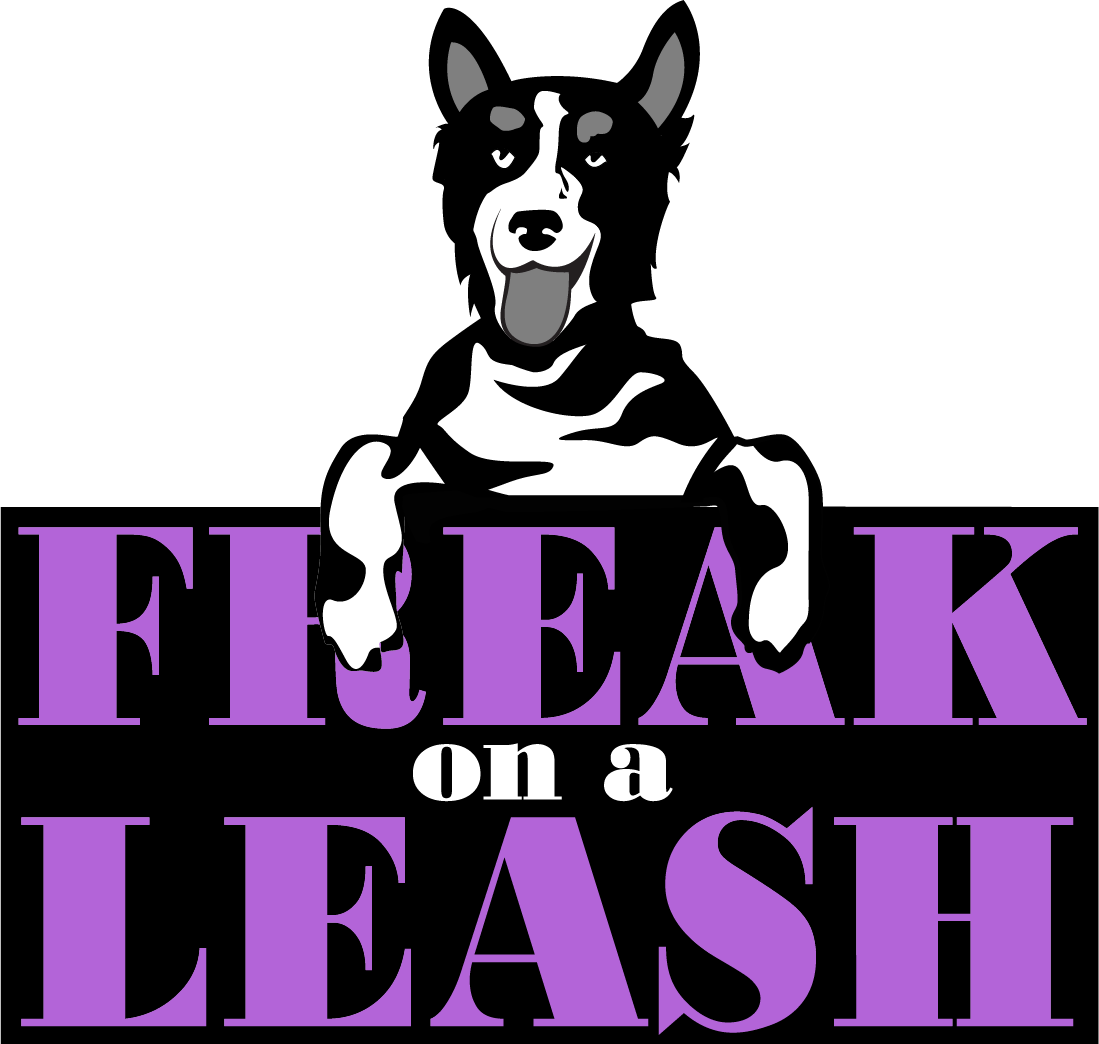Dog behavior is a complex topic that involves various factors, including genetics, environment, and learned experiences. Among these, genetics play a pivotal role in shaping a dog’s temperament, instincts, and behavioral tendencies. In this blog post, we’ll dive into the science of how genetics influence dog behavior, exploring everything from inherited traits to the impact of selective breeding.
Understanding Canine Genetics: A Brief Overview
The Basics of Canine Genetics
Every living organism’s behavior is influenced, to some extent, by its genetic makeup, and dogs are no exception. Genetics refers to the study of heredity and the variation of inherited characteristics. In dogs, genes are responsible for a wide range of traits, including size, coat color, and, importantly, behavior.
Every dog has approximately 19,000 genes spread across 39 pairs of chromosomes. These genes are made up of DNA, which carries the instructions for building and maintaining the body, including the brain and nervous system, which also influence behavior.
The Role of Genes in Behavior
Genes impact behavior by affecting the development and function of the brain and nervous system. For example, certain genes control the production of neurotransmitters, which are chemicals that transmit signals in the brain. These signals can influence a dog’s mood, anxiety levels, aggression, and other behavioral traits.
Genetics set the foundation for behavior, but they do not act in isolation. Environmental factors, such as socialization, training, and life experiences all interact with genetic predispositions to shape the final behavior of a dog.
The Inheritance of Behavioral Traits
Heritability of Behavioral Traits
Heritability is the measure of how much of a trait’s variation within a population can be attributed to genetic differences. In dogs, many behavioral traits have a significant heritable component. Research studies have shown, for example, that traits like aggression, fearfulness, and sociability have moderate to high heritability.
Selective Breeding and Behavior
Selective breeding is the practice of breeding dogs for specific traits, and has a profound impact on behavior. For centuries, humans have bred dogs for specific purposes, such as hunting, herding, guarding, and companionship. Selective breeding has resulted in distinct breeds with characteristic behaviors.
Border Collies, for instance, have been bred for their herding ability, which is a behavior rooted in their genetic makeup. The herding instinct is so deeply ingrained in their genetics that it often manifests even without training, with Border Collies often attempting to herd anything from children to other pets.
Similarly, Labrador Retrievers have been bred for retrieving game, and these genetics make them naturally inclined to fetch objects. Selection for retrieving behavior has made them excellent hunting and service dogs. The behavior is not learned from scratch, but strongly influenced by the dog’s genetic heritage.
Bred for hunting and killing vermin, terriers are naturally tenacious and persistent. Their strong prey drive is a genetic trait that can be challenging to manage in a domestic setting but was essential for their original purpose.
 The Science Behind Canine Behavioral Genetics
The Science Behind Canine Behavioral Genetics
Key Genes Associated with Dog Behavior
Research into canine genetics has identified several genes that are associated with specific behaviors. Some of these include:
- DRD4: The dopamine receptor D4 gene (DRD4) is linked to impulsivity and attention in dogs. Variants of this gene are associated with increased exploratory behavior and decreased attention span, similar to what is observed in humans with ADHD.
- SLC6A4: This gene encodes the serotonin transporter, which is involved in regulating mood and anxiety. Variants of the SLC6A4 gene have been linked to anxiety-related behaviors in dogs, such as fearfulness and aggression.
- OXTR: The oxytocin receptor gene (OXTR) is associated with social bonding and trust. Variations in this gene can influence a dog’s sociability and their ability to form strong bonds with humans and other dogs.
Behavioral Genetics in Practice: The Impact on Training
Understanding the genetic basis of behavior can have practical applications in dog training and behavior modification. For instance, dogs with a genetic predisposition to anxiety may benefit from a training approach that focuses on building confidence and reducing stress, while dogs with a strong prey drive may require specific management strategies to prevent chasing behavior.
Epigenetics: The Intersection of Genetics and Environment
Epigenetics is the study of how environmental factors can influence the expression of genes. In other words, while a dog may have a genetic predisposition to certain behaviors, these behaviors can be modified by the environment.
For example, what a pregnant dog experiences—what she eats, where she lives, who she interacts with, and even her past exposures—can directly influence her puppies’ development in utero. Her diet, stress levels, and overall health profoundly affect the mental and physical traits of her offspring. This concept is illustrated by the Cherry Blossom experiment, where male mice were conditioned to fear the smell of cherry blossoms through electric shocks. Their offspring, despite never experiencing this conditioning themselves, displayed an inherited fear of the scent. This study demonstrates how life experiences can leave an epigenetic imprint, influencing behavior across generations.
The Role of Early Development in Shaping Behavior
The Critical Periods of Behavioral Development
Early development plays a crucial role in shaping a dog’s behavior, and genetics interacts with environmental factors during these critical periods. The first few weeks of a puppy’s life are especially important for socialization and learning.
- Neonatal Period (0-2 weeks): During this stage, puppies are highly dependent on their mother and have limited interaction with the environment. However, their early experiences can still have a lasting impact on their behavior.
- Transitional Period (2-4 weeks): Puppies begin to develop sensory and motor skills, and their interactions with littermates and humans start to shape their social behavior.
- Socialization Period (3-14 weeks): This is the most critical period for socialization, where puppies learn to interact with other dogs, humans, and their environment. Puppies that are well-socialized during this period are more likely to develop into well-adjusted adults.
The Impact of Maternal Behavior
The behavior of a puppy’s mother can also influence their future behavior. Studies have shown that maternal care, such as licking and grooming, can affect the development of the puppy’s stress response system. Puppies that receive high levels of maternal care are generally better equipped to handle stress and are less likely to develop anxiety-related behaviors.
The Interplay Between Genetics and Environment
Nature vs. Nurture
The debate between nature (genetics) and nurture (environment) has long been a topic of discussion in understanding behavior. However, modern science recognizes that this is a false dichotomy. Both genetics and environment are intertwined and influence each other in complex ways.
For example, a dog may have a genetic predisposition to aggression, but whether this trait is expressed depends on environmental factors such as socialization, training, and life experiences. Conversely, a dog with a genetic predisposition for calmness may still develop behavioral issues if exposed to a stressful environment.
Aggression and Genetics
Aggression in dogs is a complex behavior with multiple contributing factors, including genetics. Certain breeds, such as the American Pit Bull Terrier and the Rottweiler, have been selectively bred for traits like guarding and fighting, which can increase the likelihood of aggressive behavior. However, not every individual of these breeds will exhibit aggression, as many factors play a significant role in behavior. Research has identified specific genetic markers associated with aggressive behavior in dogs. For example, a study found that certain variants of the SEZ6L gene are associated with social behavior and human contact seeking in dogs.
The Future of Canine Behavioral Genetics
Advances in Genetic Research
The field of canine genetics is rapidly advancing, with new discoveries being made regularly. Advances in technology, such as whole-genome sequencing, are allowing researchers to identify more genes associated with behavior and understand how these genes interact with each other and with environmental factors.
Genetic testing for behavioral traits is an emerging area of interest. While genetic testing for physical traits, such as coat color and disease susceptibility, is already widely available, the potential for testing behavioral traits is still in its infancy. In the future, genetic testing could provide insights into a dog’s behavioral predispositions.
As we learn more about the genetic basis of behavior, ethical considerations must be taken into account. For example, the potential for genetic testing raises questions about breed discrimination and the responsible use of genetic information. It is important to recognize that while genetics play a significant role in behavior, they do not define a dog’s entire personality, and every dog should be treated as an individual.
Conclusion
Genetics play a big role in shaping dog behavior, influencing everything from temperament and instincts to specific behavioral traits. However, genetics are only one piece of the puzzle. As research in canine genetics continues to advance, we will gain a deeper understanding of the complex interplay between nature and nurture, ultimately leading to better care and training for our canine friends.

